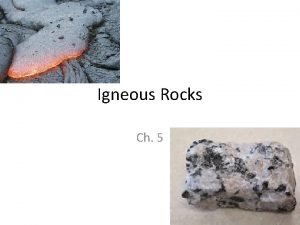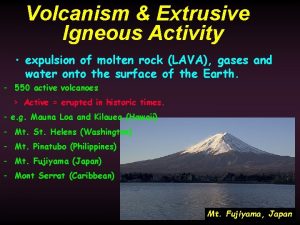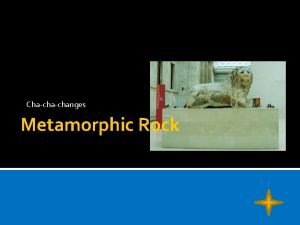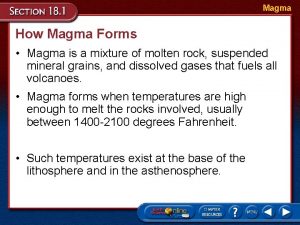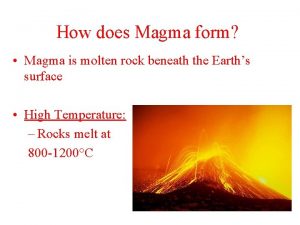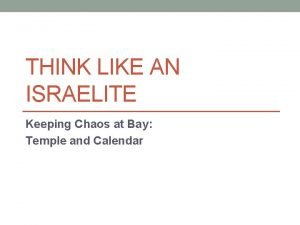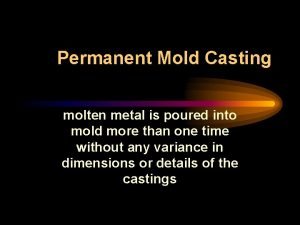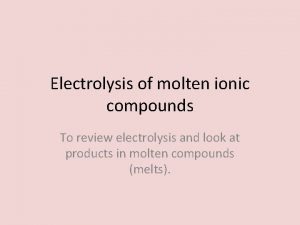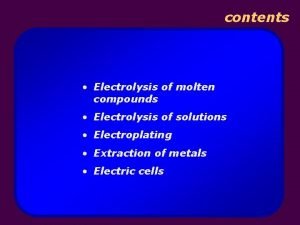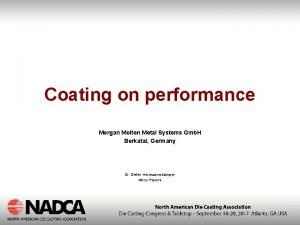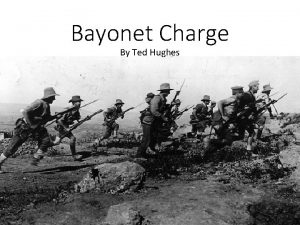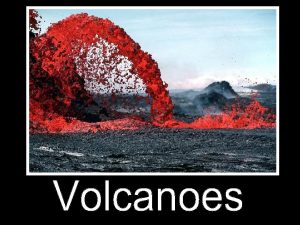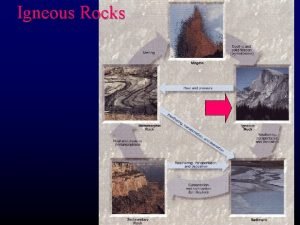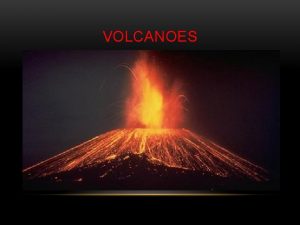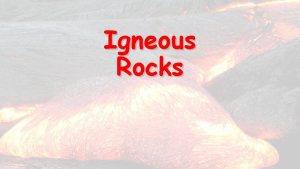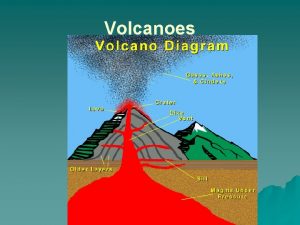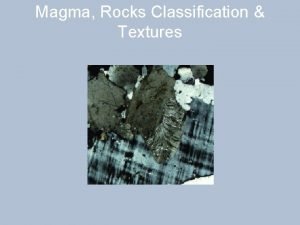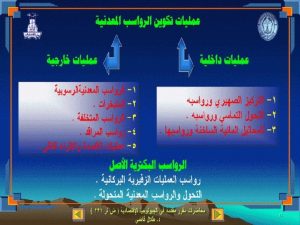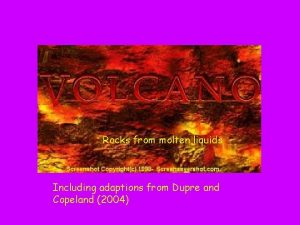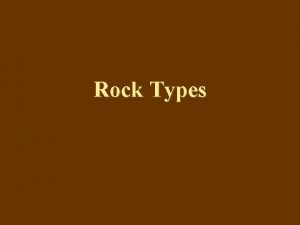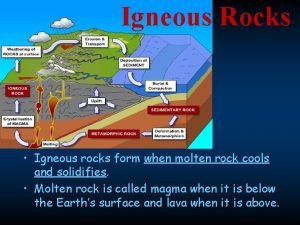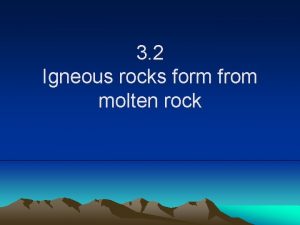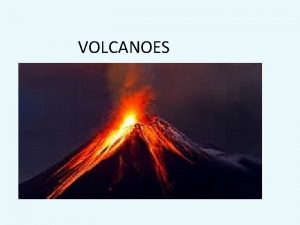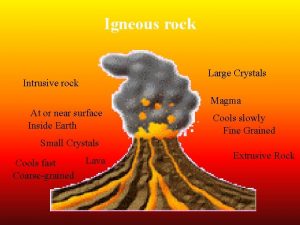How does Magma form Magma is molten rock


















- Slides: 18

How does Magma form? • Magma is molten rock beneath the Earth’s surface • High Temperature: – Rocks melt at 800 -1200°C

Viscosity • Viscosity – a liquid’s resistance to flow • Low Viscosity – Moves fast (Less thick) • High Viscosity – Moves slow (More thick)

Types of Magma

Type of Magma Viscosity Silica Content Gas Content Explosiveness Type of Volcano Example

Type of Magma Viscosity Silica Content Type of Volcano Example Low 1 -2% Explosiveness Basaltic Gas Content 50% Least Shield Hawaii

Type of Magma Viscosity Basaltic Low Silica Content 1 -2% Andesitic Medium 3 -4% Gas Content 50% 60% Explosiveness Type of Volcano Example Least Shield Medium Composite Hawaii Mt. St. Helens

Type of Magma Viscosity Basaltic Low Silica Content 1 -2% Andesitic Medium 3 -4% Rhyolitic High Gas Content 50% 60% 4 -6% 70% Explosiveness Type of Volcano Example Least Shield Medium Composite Greatest Cinder Cone Hawaii Mt. St. Helens Yellowstone *The higher the gas content, the more explosive the magma is going to be

Volcanic Material • Tephra – Rock fragments thrown into the air during a volcanic eruption • Pyroclastic Flow – Rapidly moving volcanic material. – Speeds up to 200 km/h – May contain hot, poisonous gases

Tephra Pyroclastic Flow

Shield Volcano • Broad Gentle Sloping Sides • Non-Explosive

Composite Volcano • Alternates Lava and Tephra • Potentially most dangerous • Mount Fuji in Japan, Mount Rainier in Washington

Cinder Cone Volcano • Steep sides caused by tephra landing around vent • Explosive

Volcano Lab • Question: Which proportions of baking soda, vinegar, and dish soap will create a shield and composite volcano eruption? • Hypothesis: – _____ teaspoons of baking soda ____ m. L vinegar and ____ drops of dish soap will create a shield eruption. – ____ teaspoons baking soda, ____ m. L vinegar and ____ drops of dish soap will create a composite eruption.

Volcano Lab (continued) • Materials: test tube, model volcano, timer, baking soda, vinegar, dish soap, science notebook, plastic spoons, eye dropper, goggles • Procedures: • Write your procedures as though another group will have to conduct their experiment based on them.

Volcano Lab (continued) • Conclusion: • Describe the results of your experiment. • Was there a big difference in the speeds of your “lava”? • Is there anything you would have done differently with this lab? Explain why. • Write a 1 paragraph summary of this lab, make sure to include key words such as lava, silica, and viscosity.

Materials for today: • • ISN Graph Paper (up front) Data Table (up front) Pencil Ruler (up front) Calculator (up front) 2 DIFFERENT colored pencils

Volcano Lab Claims Eruption Time Claim: Any eruption time below 9 seconds is a shield volcano eruption. Evidence: The average of all shield volcano times is 9 seconds. Ingredient Claim: The amount of soap determines the type of volcano. The more the soap, the slower the eruption. Evidence: In one trial, 5 drops of soap made an eruption time of 18 seconds. In another trial, 3 drops made a 13 second eruption.

Volcano Lab (continued) • Conclusion: Was your hypothesis right or wrong? What was the correct proportions of baking soda, vinegar, dish soap for the shield and composite volcano eruption (use another group’s data if needed)? Why did outliers occur in our data? What surprised you? What did you learn? If you had more time, what would you try next? If you could do this experiment again, what would you do differently? Use the words viscosity and lava in your paragraph.
 Crystallize
Crystallize Sedimentary igneous and metamorphic
Sedimentary igneous and metamorphic Tambora eruption
Tambora eruption The rock cucle
The rock cucle How do rocks form
How do rocks form Magma form
Magma form Magma
Magma Rock cycle
Rock cycle Igneous rock to metamorphic rock
Igneous rock to metamorphic rock Bungee climbing
Bungee climbing A rock climber's shoe loosens a rock and her climbing buddy
A rock climber's shoe loosens a rock and her climbing buddy A rock climber's shoe loosens a rock and her climbing buddy
A rock climber's shoe loosens a rock and her climbing buddy Lost wax pattern technique
Lost wax pattern technique Keep chaos at bay
Keep chaos at bay The process of pouring molten metal into molds
The process of pouring molten metal into molds Molten ionic compound
Molten ionic compound Electrolysis of molten ionic compounds
Electrolysis of molten ionic compounds Noltina stabil crucible
Noltina stabil crucible Bayonet charge tone
Bayonet charge tone
